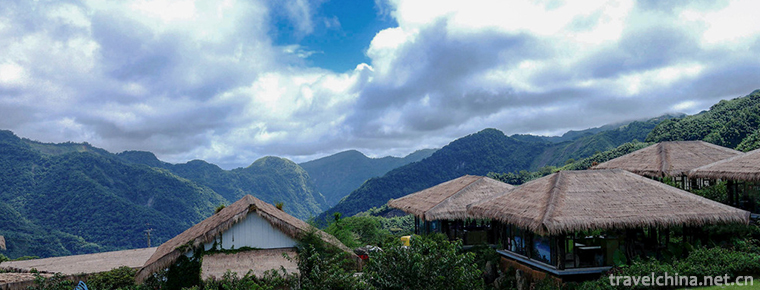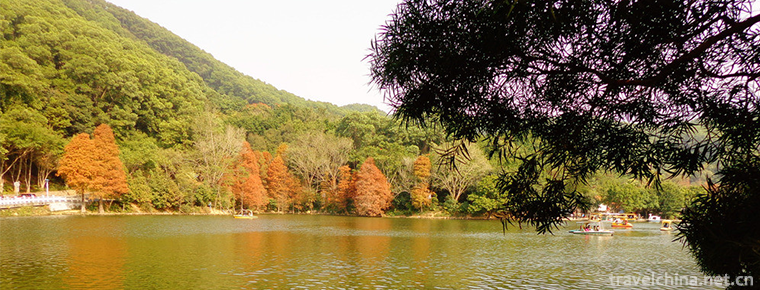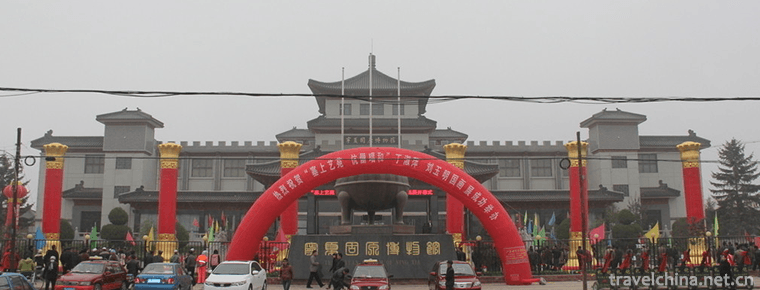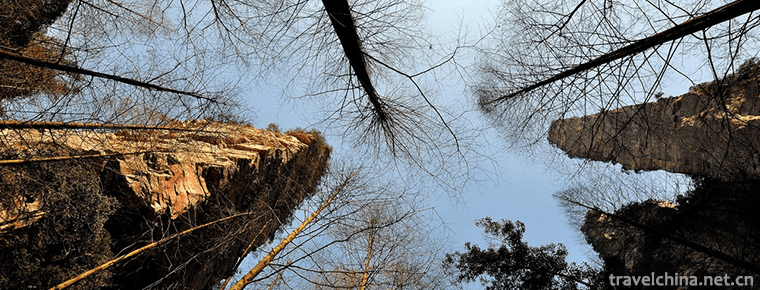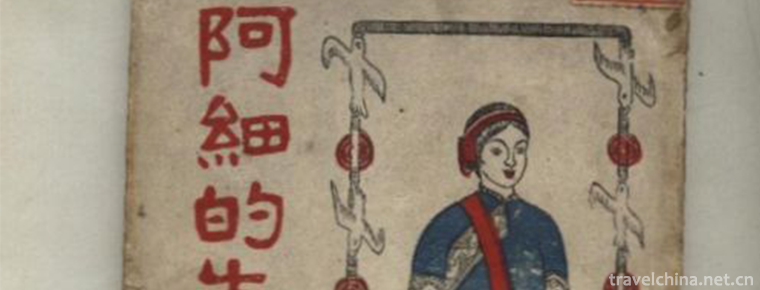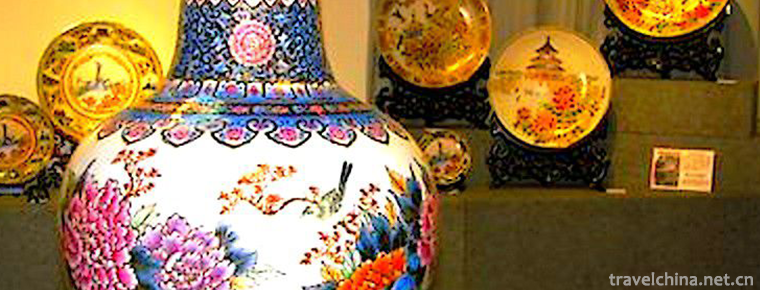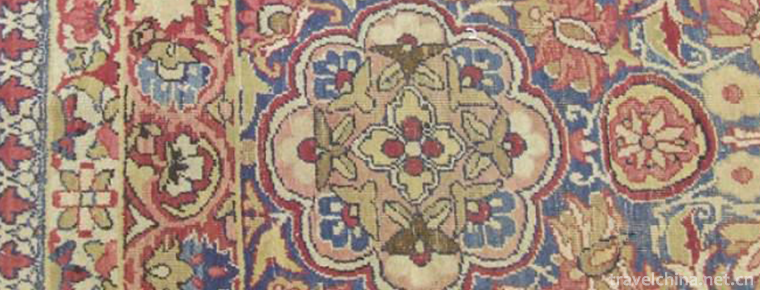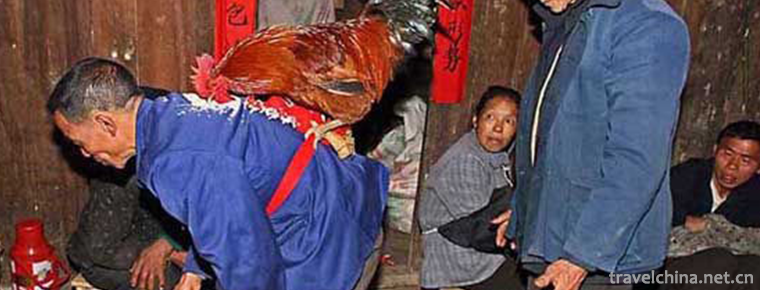Construction Techniques of Traditional Residential Buildings in Southern Fujian
Construction Techniques of Traditional Residential Buildings in Southern Fujian
South Fujian residential building technology is a unique traditional architectural technology originating in Quanzhou, which began in Tang and Five Dynasties, is the mainstream of ancient architectural technology in South Fujian, and spread in Quanzhou, Zhangzhou, Xiamen, Taiwanese, Hong Kong, Macao and Southeast Asia in the cultural circle of South Fujian.
The official Dacuo, commonly known as the "Palace Rise", is the most typical type in Quanzhou. It can be seen everywhere in the overseas Chinese hometown of Quanzhou. Its representative works include the ancient residence of Cai's family in Nan'an, a national cultural relic protection unit, and the former residence of Yang A Miao, a cultural relic protection unit in Fujian Province.
brief introduction
What is "Building Skills of Minnan Residential Buildings"
Southern Fujian dwelling belongs to a school of traditional Chinese courtyard dwelling. It is a type of dwelling with the most advanced material use and structural technology, the most abundant constituent factors, the most complex level of "ritual" and the most diverse decoration.
The construction techniques of folk houses in southern Fujian are divided into big wood work, small wood work, tile work, brick and stone work, paint work, color painting, stacking and cutting work, among which big wood work is the most important. Craftsmen are also classified and divided according to their types of work, with large carpenters as the core.
characteristic
This technique originated in Quanzhou and is the mainstream of ancient architectural techniques in southern Fujian.
Morning Post News (reporter Zhang Suping) Quanzhou Nanyin, Quanzhou Li Yaobao carved paper has been selected into the world's "non-heritage" list, but little known is that the Quanzhou Museum initiated the election of the Southern Fujian residential construction skills are also included in the world's "non-heritage"!
Reporters learned yesterday that from August 19 to 20, China was selected as the UNESCO "intangible cultural heritage of mankind" project certification ceremony and Protection Forum was held in Beijing. Chinese traditional wooden structure construction techniques are listed in the "non-legacy" list of the world, and southern Fujian residential construction techniques, as one of its three major skills, are also included.
Yao Hongfeng, renovator of the International Ancient Architecture of Quanzhou Cultural Relics Conservation Research Center, said that the traditional Chinese wooden structure construction technology is "bundled" together with the construction technology of three provinces in China and jointly declared. Fujian Province is one of them, and Quanzhou is the only city in Fujian Province to participate in the merger.
In fact, the declaration work started as early as 2008. "We take Yang'a Miao Residence as a representative building, and have produced relevant text, pictures and video materials to introduce the building techniques of Minnan Residence." Chen Jianzhong, curator of Quanzhou Museum, said that the building skills of folk houses in southern Fujian originated from Quanzhou, and the staff took Yang A Miao's building skills as a model to "elaborate" the skills. This skill is a sub-item of "Chinese traditional wooden structure construction skill". Perhaps it caused this skill to be selected into the world "non-legacy", but for a long time "raised in the boudoir people do not know".
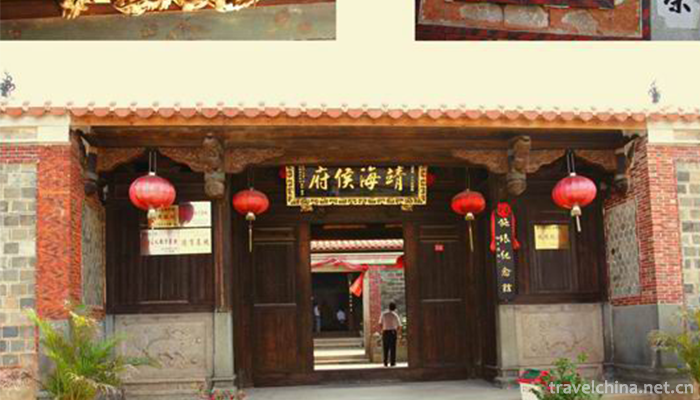
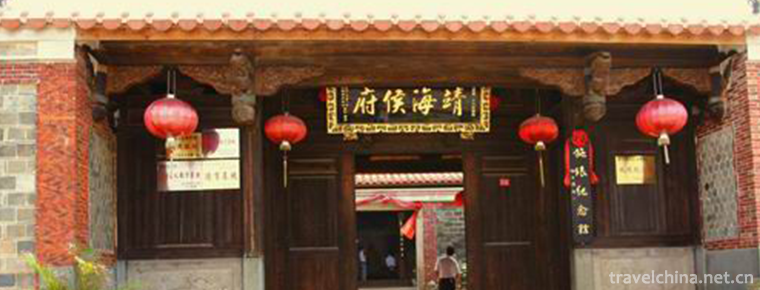
Construction Techniques of Traditional Residential Buildings in Southern Fujian
-
Ali Mountain
Mount Alishan, located 75 km east of Jiayi City, Taiwan Province, is located at an altitude of 2,216 meters. Its coordinates are 23 degrees north and 31 minutes east
Views: 301 Time 2018-10-30 -
two dragons mountain Erlongshan
Erlongshan is the first national AAAA class tourist area, known as "Harbin East Garden", located 50 km east of Harbin, 127 degrees east longitude 27 minutes 41 seconds, 45 degrees north lati
Views: 190 Time 2018-12-22 -
Fairy Lake Xianhu Botanical Garden
Xianhu Botanical Garden is located in Liantang Xianhu Road, east suburb of Luohu District, Shenzhen. It relies on Wutong Mountain in the East and Shenzhen Reservoir in the west.
Views: 138 Time 2018-12-22 -
Chaohu Lake Scenic Area
Located in the middle of Anhui Province, Chaohu Lake is located in Hefei, Lianhuai Tongjiang River, 55 kilometers east-west, 22 kilometers South-North wide. Its perennial water area is about 760 squar
Views: 248 Time 2019-01-05 -
Guyuan Museum
Guyuan Museum of Ningxia was established on December 30, 1983. It belongs to the Cultural Office of Ningxia Autonomous Region. It is located at No. 133 Xicheng Road, Guyuan City, southern mountain are
Views: 213 Time 2019-01-12 -
Harbin Jinyuan Cultural Tourist Area
Harbin Acheng Jinyuan Cultural Tourist Area, the capital of Jin Dynasty from 1115 to 1234, is the only well-preserved capital site of Jin Dynasty. Up to now, the Royal City's Wumen Gate and palace bui
Views: 542 Time 2019-01-13 -
Zhalong Nature Reserve
Zhalong National Nature Reserve is the largest and world-famous Zhalong Wetland in China, located 30 kilometers southeast of Qiqihar City, Heilongjiang Province. With a total area of 210,000 hectares
Views: 234 Time 2019-01-13 -
Ah Xi Xian Ji
"Xianji" is an epic of the Ashi people of the Yi tribe, which is spread orally among the Ashi people in the Xishan area of Maile City, Yunnan Province. "Xianji" is the transliterat
Views: 213 Time 2019-03-28 -
Firing Techniques of Chaozhou Coloured Porcelain
In Chaozhou at the end of the Qing Dynasty, new colored pigments were used in the colored porcelain painting. Combining traditional glaze painting art with traditional Chinese painting
Views: 257 Time 2019-04-16 -
Canadian Tibetan carpet weaving skills
Canadian Tibetan carpet weaving skills, traditional handicraft in Huangzhong County, Qinghai Province, one of the national intangible cultural heritage.
Views: 120 Time 2019-05-05 -
Maonan Fat Cover
"Fat set" is the general name of Maonan people's vow-making activities. It prevailed in the Ming and Qing Dynasties. At the beginning, Maonan people used Nuo rituals to sacrifice the heavens
Views: 108 Time 2019-05-27 -
Animal resources in Yibin
There are nearly 1000 species of vertebrate resources in Yibin City. Among them, there are 70 species of mammals in 23 families; 306 species of birds in 16 orders, 46 families; 34 species of reptiles in 2 orders, 9 families; 29 species of amphibians; and 151 spe
Views: 368 Time 2020-12-18
